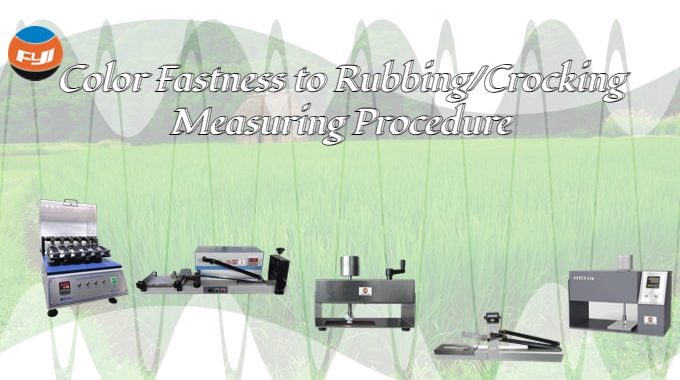
Color Fastness to Rubbing/Crocking Measuring Procedure
Last update: May 23, 2025
Color fastness to rubbing refers to the degree of color fading of dyed fabrics after rubbing, which is divided into color fastness to dry rubbing and color fastness to wet rubbing. It’s also known as color fastness to crocking. The test method for the color fastness to rubbing of textiles is one of the methods for measuring the color fastness of textiles, and it is an important assessment index for the color fastness of textiles.
The color fastness to rubbing is to assess the resistance of dyes to mechanical friction. The principle is to rub the textile sample with a dry rubbing cloth and a wet rubbing cloth to evaluate the staining degree of the rubbing cloth.
Contents
How to test rubbing fastness(depend on iso 105 x12)
Purpose
To measure the resistance of the color of textiles to rubbing and staining to other materials, and to reflect the quality of the color fastness to rubbing of textiles through the color difference rating of staining.
Preparation
- Rubbing fastness tester: it can rotate. Contains a friction finger with a diameter of 25±0.1mm, which can rotate 405±3 degrees, and the vertical pressure is 11.1±0.5N. The diameter of the other friction finger is 16 ± 0.1mm, and the vertical pressure is the same.
- Cotton cloth for friction: After desizing and bleaching, the cotton fabric does not contain any finishing agent. Cut it into a square of 50mmX50mm±2mm.
- Waterproof sandpaper, or a drip net with a stainless steel wire diameter of 1mm and a mesh width of about 20mm.
NOTE: When using stainless steel wire or sandpaper, be aware that it may leave marks on the fabric that will affect the final grading. Sandpaper is best used when testing textiles.
- Gray scale: used for assessing staining, and should comply with ISO 105-A03.
Sampling
- If the tested textile is fabric, the sample size should not be smaller than 25mmX25mm. If the accuracy of the test is required to be high, another sample can be taken for testing.
- If the textile to be tested is yarn, weave it into a fabric, and ensure that the size of the sample is not less than 25mmX25mm. Or wind the yarn in parallel on a cardboard with the same size as the sample to form a layer.
- Before the test, place the sample and friction cloth in an atmosphere with a temperature of 20±2°C and a relative humidity of 65±2% for at least 4 hours. When conditioning, put the sample and rubbing cloth on a flat net or a perforated shelf respectively. Certain fabrics, such as cotton or wool, take longer to condition.
- Preferably also the test is carried out under standard atmospheric conditions for textile testing (see ISO 139).
Operation steps
General
Tilt the upper half of the crock tester open to expose the rotating rubbing fingers. Fix the specimen on the base plate of the tester next to the vertical rod, placing the rubbing area on the rubbing finger. Return the upper part of the instrument to the operating start position with the rubbing cloth in contact with the specimen at the end of the shaft. The downward pressure of the vertical axis is 11.1±0.5N. Make the length direction of the sample coincide with the stroke direction of the instrument. Place a net or waterproof sandpaper between the base plate of the tester and the specimen to reduce movement of the specimen. The prepared samples were tested according to both wet and dry procedures.
When testing textiles in multiple colors, the sampling location should be chosen carefully so that all colors are rubbed during the test. If the size of each color is large enough, it is necessary to take multiple samples to evaluate the color change independently. If small areas of color are tested together, the equipment described in ISO 105-X16 may be used as an option.
Dry rubbing
Install the conditioned friction cloth on the friction head of the tester, turn the handle for 20 turns, and the vertical axis for 40 turns. Rotate the handle at 1 revolution/second. Remove the test section and conditioned.
Wet rubbing
Weigh the conditioned rubbing cloth, soak it thoroughly in distilled water, and weigh again. The water content is guaranteed to be 95%~100%. Follow the procedure in dry rubbing for rubbing.
Note: The moisture content of the rubbing cloth has a great influence on the result, other moisture content can be used. For example, a commonly used moisture content is 65 ± 5%.
Drying
Air dry the test cloth.
Rating
- Remove excess loose fibers on the sample so as not to affect the rating.
- When rating, put three layers of unrubbed white cotton cloth behind the tested rubbing cloth.
- Under the standard light source, use the staining gray scale (4.4) to evaluate the staining of the cotton rubbing cloth.
The medium for measuring rubbing fastness
Crockmeter
Different crocking test method with different standard. There have electronic Crockmeter complies with ISO 105×12/D02,Manual crockmeter Y571M meet with AATCC 8/165.
Electronic Crockmeter Y571D
| Loading pressure of brush and size | 9±0.2N |
| Circular | Φ16mm |
| Square | 19×25.4mm |
| Motion Range of crocking finger | 104±3mm |
| Shuttle times | 1-9,999 |
| Rotational Speed of Winch | 60rpm |
Manual Crockmeter Y571M
| Max head travel | 104mm |
| Head pressure | 9N |
| Head dimension | round: ¢16mm |
| Counter range | 1~99999 times |
| Instrument size | 700×240×340mm |
| Weight | 15KG |
Rubbing tester
JIS Color Fastness Rubbing Tester Y571J is Japanese standard which mainly used for the evaluation and determination of the fastness to rubbing fastness of dyed fiber products. This machine complies with the two standards of JIS L0801 and JIS L0849.
| Test head weight | 2N(200g) |
| Motion Range | 100mm |
| Reciprocating Speed | 30rpm |
| Power Supply | AC220V±10% 50Hz 40W |
| Instrument Dimension | 660×670×640mm(L×W×H) |
| Instrument Weight | 28Kg |
Rubbing fastness tester
Y571A-II Electric AATCC Rotary Crockmeter to determine the color fastness of textiles to dry and wet rubbing, particularly for printer fabrics. Applies 1134g of pressure on a 16mm finger and it rotates 1.125 turns clockwise then anti-clockwise. The finger is driven electrically. They complie with the two standards of AATCC 116 and ISO 105 X16.
Rubbing fastness tester Y571A
| Weight | 1134g |
| Diameter of rubbing head | 16±0.1mm |
| Turning of vertical pole | after turning1.125 circles then reverse |
| Dimensions | 250×150×250mm |
| Net weight | 10KG |
Rubbing fastness tester Y571A-II
| Pressure weight | 1134g (11.2N) |
| Diameter of finger/rubber head | Ф16±1mm |
| Driven mode | Electric |
| Dimensions | 360×180×320mm |
| Weight | 10kg |
How to improve color fastness to rubbing?
- Morphology and particle size of the dye. The smaller the particles of the dye, the higher the uniformity, which is more conducive to improving the color fastness to rubbing.
- Color also affects color fastness. The color fastness of dark-colored materials tends to be lower than that of light-colored materials. Also, due to the chemical nature of the dye, it is now known that there are a few colors that are more prone to problems, such as red, navy and black.
- Dyeing process. Since warp yarn dyeing is instantaneous immersion, oxidation is mainly carried out by means of oxygen in the air. Both the number of dyeing and oxidation have a great influence on the dye adsorption of fibers.
- Dyeing equipment. Yarn dyeing includes rope dyeing and sheet dyeing. The equipment and process of the two are quite different, resulting in different dyeing conditions, which have a certain impact on the color fastness to rubbing.
- Washing after yarn dyeing. Washing after yarn dyeing is the main process to remove floating color. The more floating color, the lower the color fastness to rubbing.
- The pretreatment process refers to the yarn pretreatment process. The less impurities the yarn contains, the greater its ability to absorb dyestuffs and the corresponding higher the color fastness to rubbing.
- Finishing process refers to the process of finishing denim gray fabrics, including singeing, desizing, mercerizing and pre-shrinking, etc., and also includes washing water for clothing. The post-finishing process is beneficial to remove floating color and improve the color fastness to rubbing, and different post-finishing processes will have different results.
FAQs
Q1: What’s the difference between dry and wet rubbing tests?
Dry rubbing assesses color transfer under friction alone, while wet rubbing simulates moisture-induced staining (e.g., sweat or rain).
Q2: How does the AATCC rotary crockmeter differ from ISO-compliant models?
AATCC models use 11.2N pressure and bidirectional rotation, while ISO devices follow 9N pressure and unidirectional motion.
Q3: Why do dark fabrics have lower rubbing fastness?
Darker dyes require higher concentrations, increasing loose pigment residues prone to transfer.
Q4: Can fabric finishing improve rubbing fastness?
Yes. Processes like enzyme washing remove surface dyes, enhancing textile rubbing resistance evaluation scores.
Q5: How accurate are manual vs. electronic crockmeters?
Electronic crockmeters minimize human error, ensuring precise dry-wet rubbing test results.
Comments are closed.
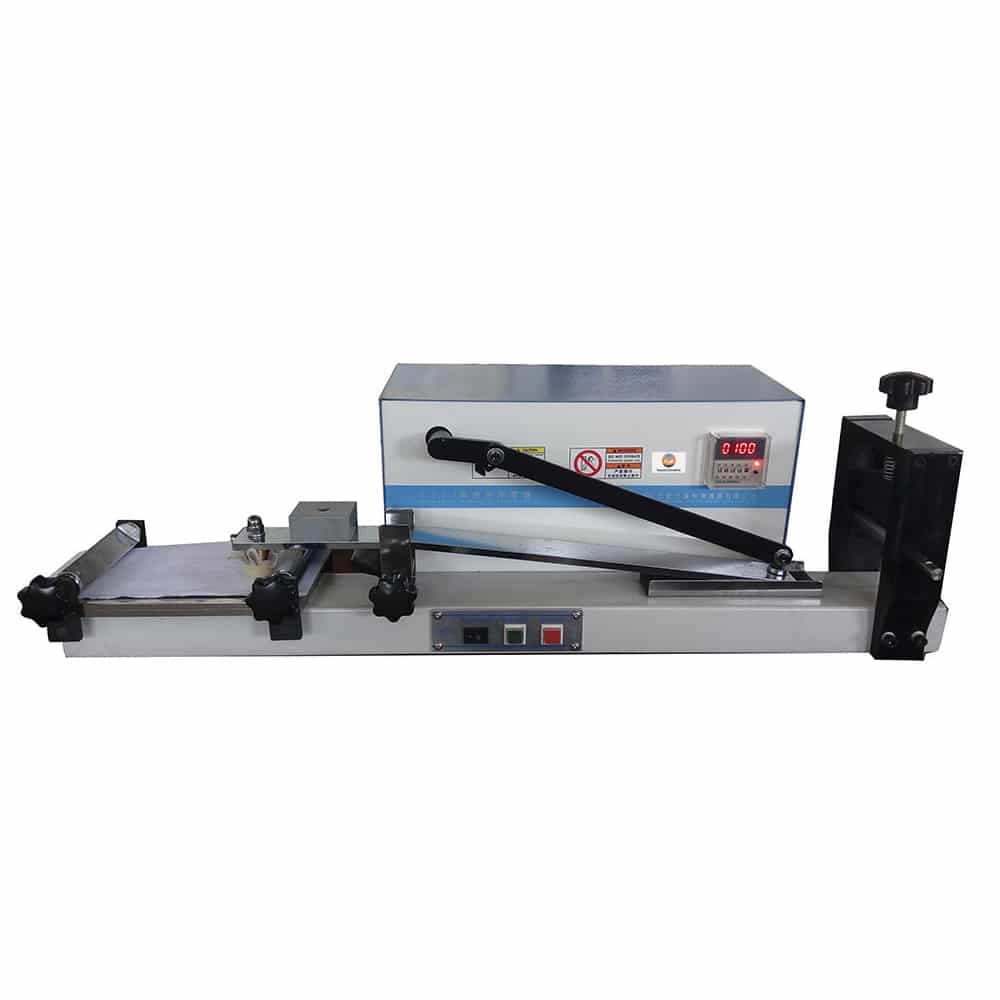

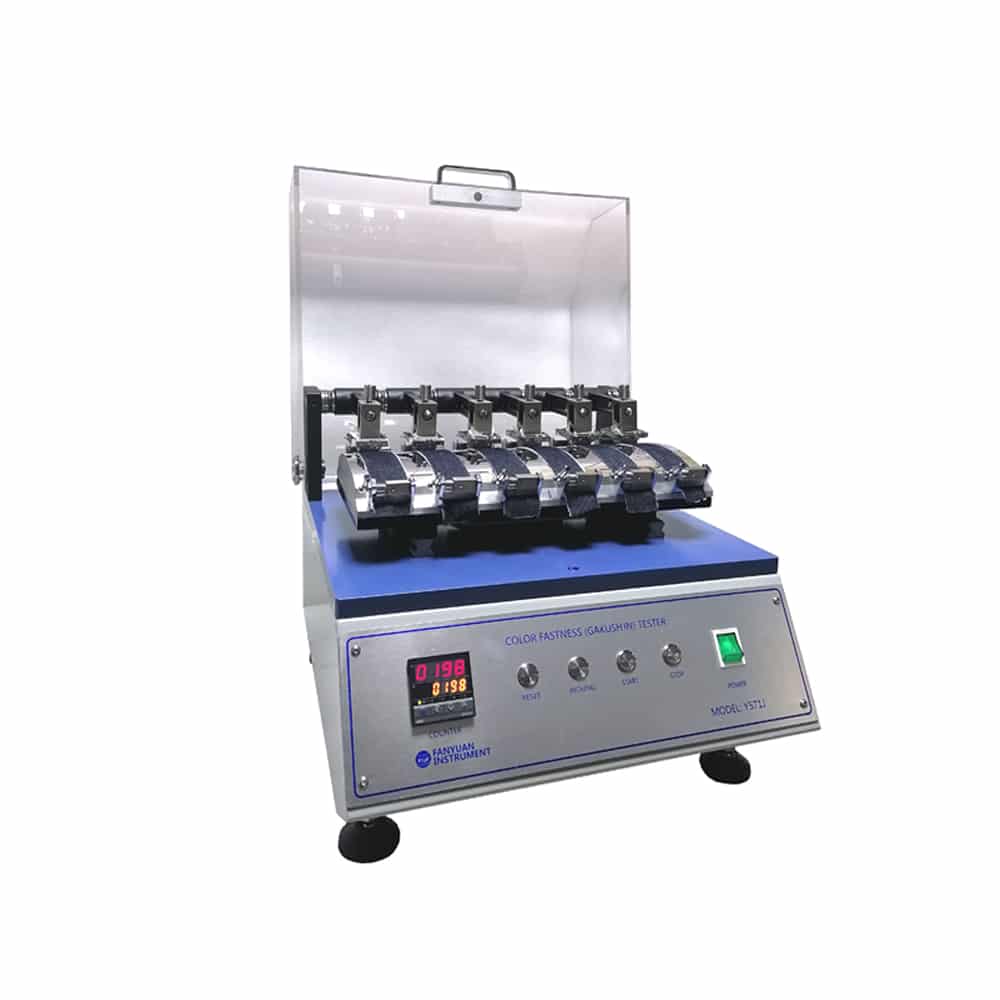
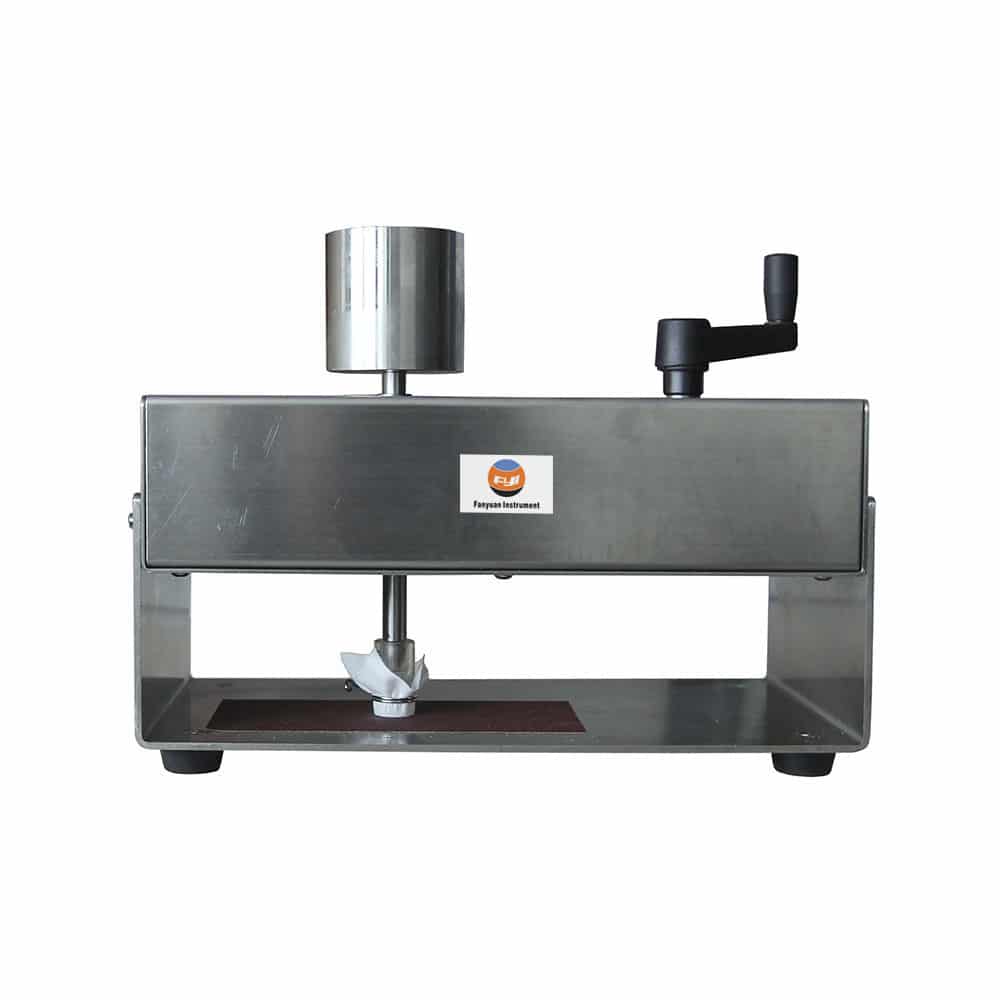
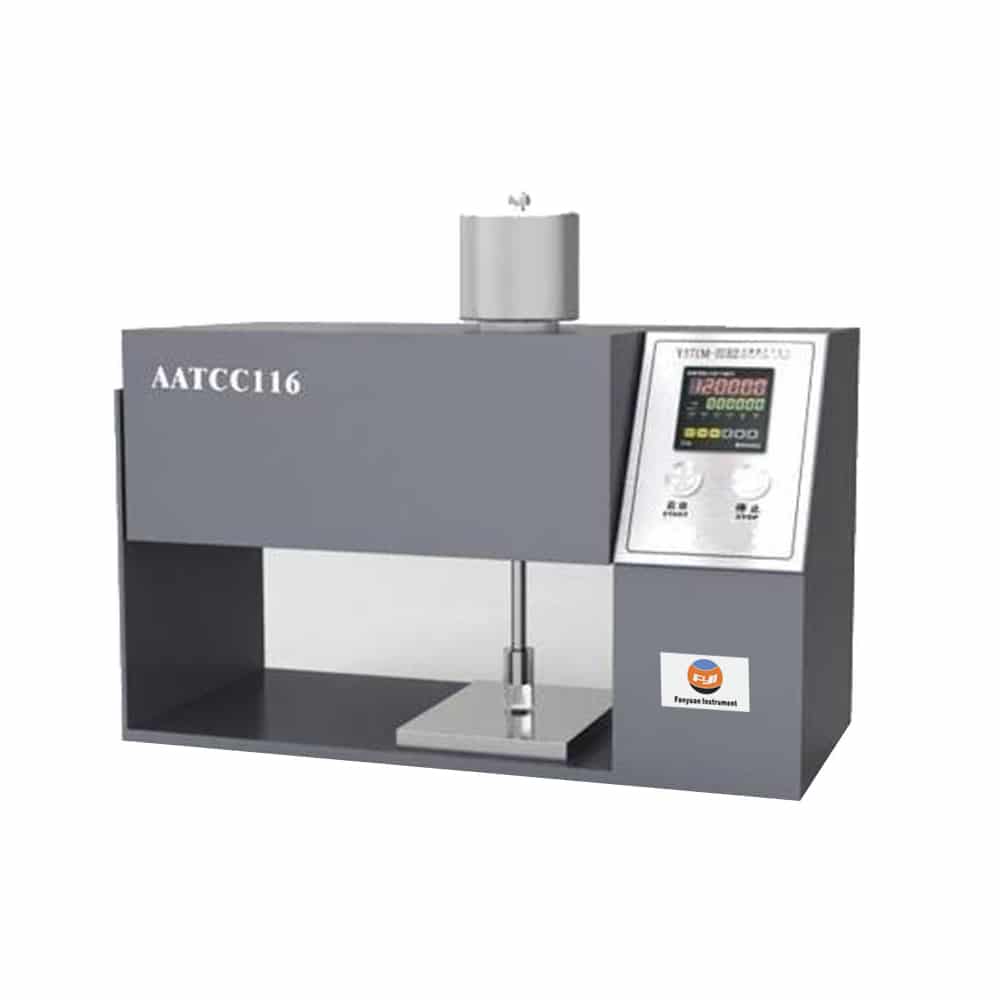
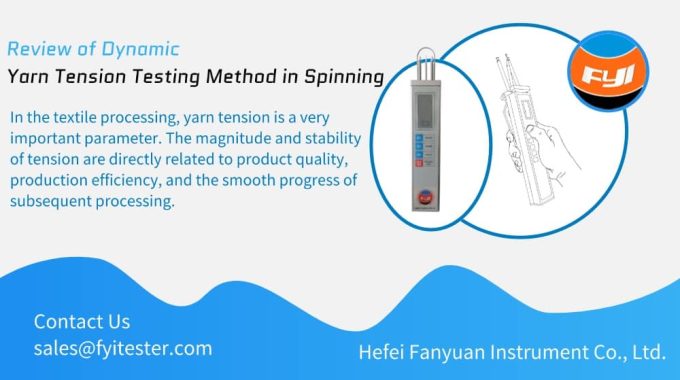
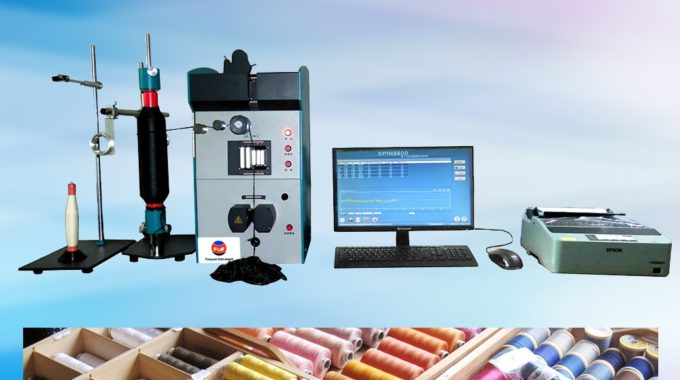
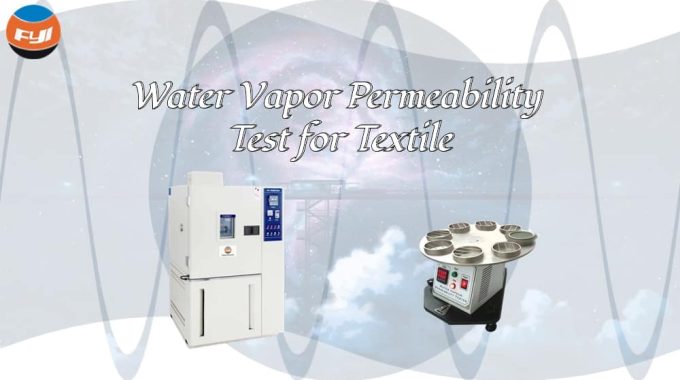
Hi, just wanted to say, I liked this article. It was inspiring. Keep on posting!
Thank you very much for providing the important information for me.
I am happy to find this blog very useful for me. As it contains lot of information.
it was a wonderful chance to visit this kind of site and I am happy to know. thank you so much for giving us a chance to have this opportunity
I’m glad I ultimately found this website. Really useful and interesting!
Your blog is proof that great writing can still make a huge impact in today’s world.
Who can deny the relevance and timeliness of the issues discussed in this exceptional blog?